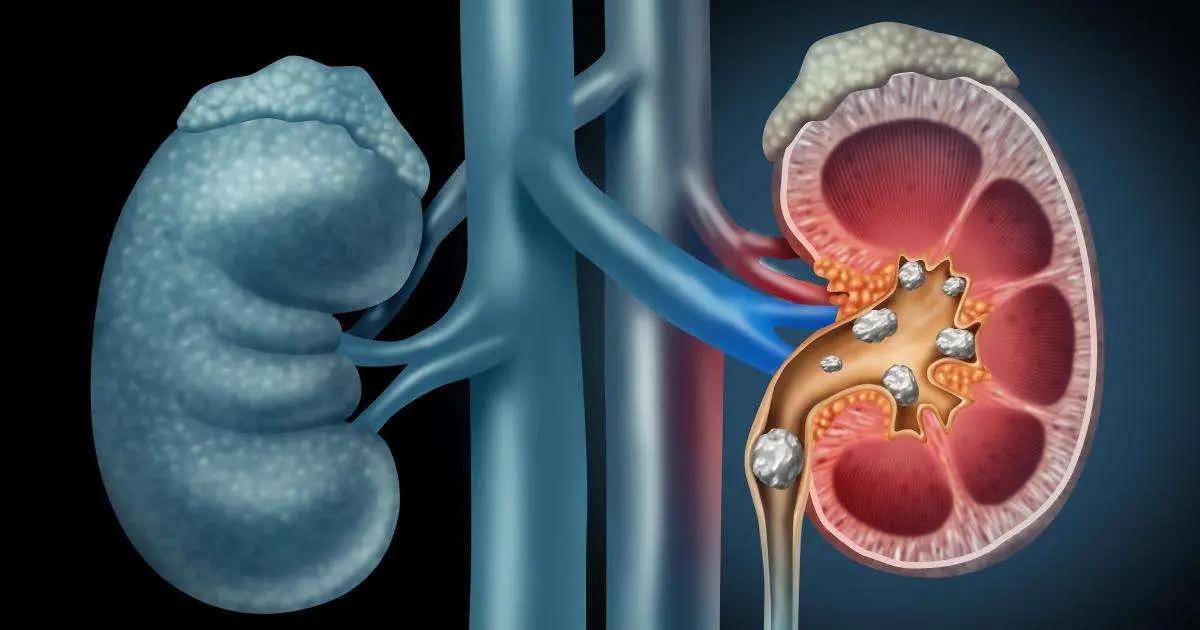Extracorporeal Shock Wave Lithotripsy With Ultrasound Monitoring Tied To Higher Stone-Free Rate
- byDoctor News Daily Team
- 07 July, 2025
- 0 Comments
- 0 Mins

JAPAN: In patients with kidney stones, ultrasonography monitoring during extracorporeal shock wave lithotripsy may contribute to a higher stone-free rate, a study published in the International Journal of Urology has stated.
Treatment for symptomatic nephrolithiasis frequently involves extracorporeal shock wave lithotripsy. Ultrasound can help to diagnose and treat some of the complications that can arise from this surgery. Since the advent of extracorporeal shock wave lithotripsy for the non-invasive method of renal and ureteral stones removal, lithotripter systems have depended on either fluoroscopic or ultrasound stone localization. Radiolucent renal stones can be treated more easily and with less radiation exposure owing to ultrasound stone localization.
In the study, the authors assessed the effectiveness of monitoring with ultrasound during shock wave lithotripsy for kidney and proximal ureteral calculi.
In the proposed investigation, 535 individuals who first had shock wave lithotripsy for renal or proximal ureteral calculi between January 2012 and December 2021 were retrospectively evaluated which included 192 kidney stone cases and 162 proximal ureteral stone cases. Based on the techniques used to identify and evaluate calculi during shock wave lithotripsy, the patients were split into two groups: the ultrasound with X-ray group (n = 241) and the X-ray group (n = 294). There was a 1:1 ratio propensity score-based matching because the patient demographics varied. The stone-free rate served as the main endpoint.
Key findings of the study:
The stone-free percentage for individuals with kidney stones was considerably higher in the ultrasound plus X-ray group than in the X-ray group (66.7% vs. 47.9%).
The failure of shock wave lithotripsy was independently linked in the multivariate analysis with a massive stone area (odds ratio 2.37), smaller caliceal stones (odds ratio 3.37), and X-ray monitoring solely (odds ratio 0.49).
There was no discernible difference between the ultrasound plus X-ray group and the X-ray group in terms of the percentage of patients with proximal ureteral stones who were stone-free (71.6% and 58.0%, respectively).
High computed tomography attenuation (odds ratio 2.31), together with a big stone area (odds ratio 2.18) were independently linked to residual stones following shock wave lithotripsy.
The authors concluded that patients with kidney calculi may benefit more from ultrasound-assisted surveillance than those with proximal ureteral calculi in terms of their stone-free rate.
REFERENCE
Isogai M, Hamamoto S, Kawase K, Okada T, Hattori T, Chaya R, Hamakawa T, Sugino T, Taguchi K, Umemoto Y, Okada A, Yasui T. Efficacy of ultrasound monitoring during extracorporeal shock wave lithotripsy: A multi-institutional propensity score-matched study. Int J Urol. 2022 Jul 23. doi: 10.1111/iju.14984. Epub ahead of print. PMID: 35871263.
Disclaimer: This website is designed for healthcare professionals and serves solely for informational purposes.
The content provided should not be interpreted as medical advice, diagnosis, treatment recommendations, prescriptions, or endorsements of specific medical practices. It is not a replacement for professional medical consultation or the expertise of a licensed healthcare provider.
Given the ever-evolving nature of medical science, we strive to keep our information accurate and up to date. However, we do not guarantee the completeness or accuracy of the content.
If you come across any inconsistencies, please reach out to us at
admin@doctornewsdaily.com.
We do not support or endorse medical opinions, treatments, or recommendations that contradict the advice of qualified healthcare professionals.
By using this website, you agree to our
Terms of Use,
Privacy Policy, and
Advertisement Policy.
For further details, please review our
Full Disclaimer.
Tags:
Recent News
Ketogenic diet may protect against stress experien...
- 03 November, 2025
STORM-PE Trial: Mechanical Thrombectomy Shows Supe...
- 03 November, 2025
AIIMS INI CET January 2026 admit cards released
- 03 November, 2025
3 pharma students drown in Payyambalam beach in Ke...
- 03 November, 2025
Daily Newsletter
Get all the top stories from Blogs to keep track.


0 Comments
Post a comment
No comments yet. Be the first to comment!